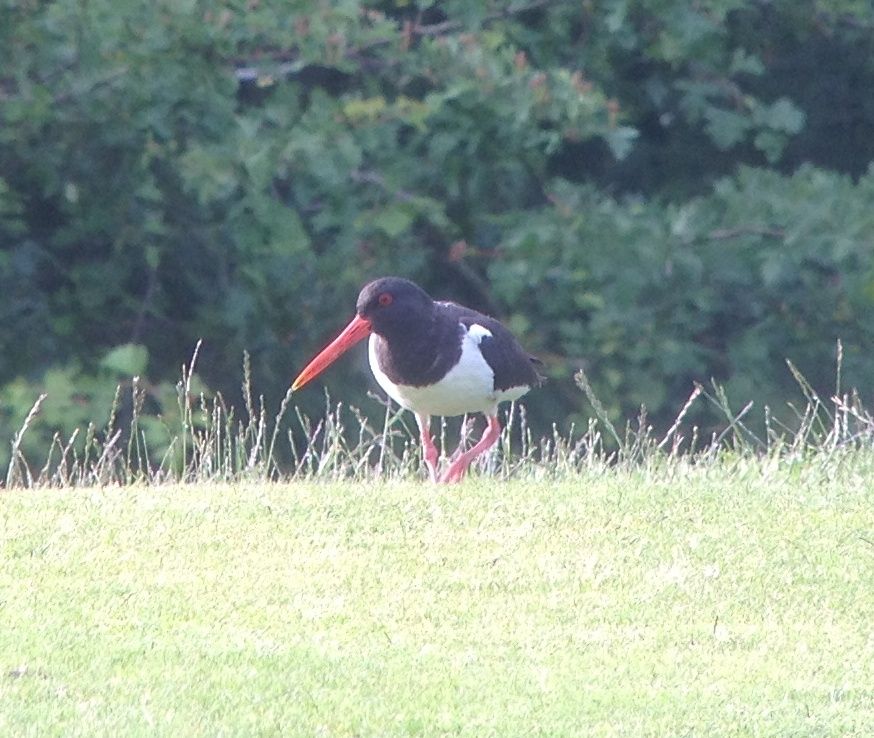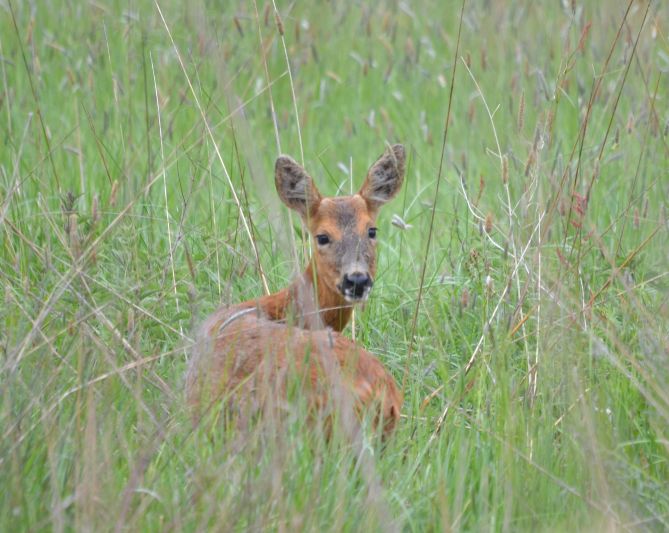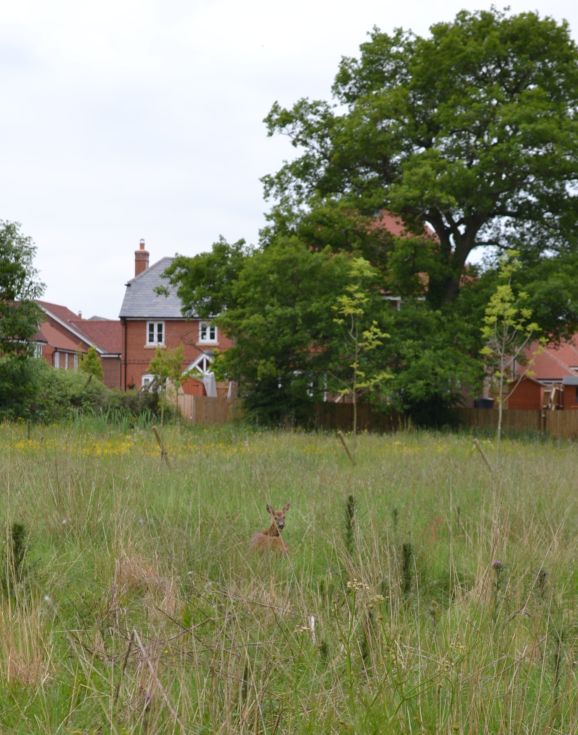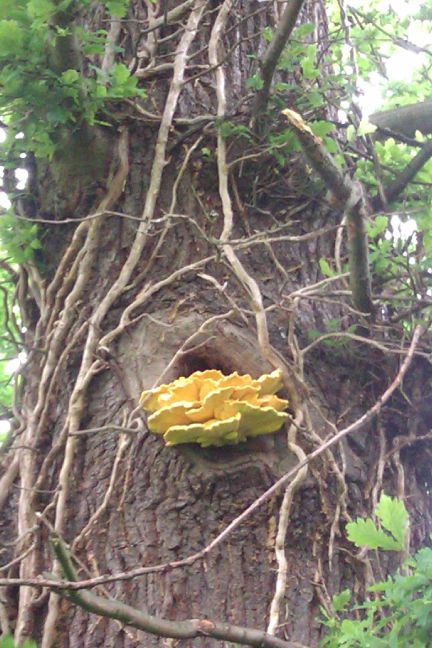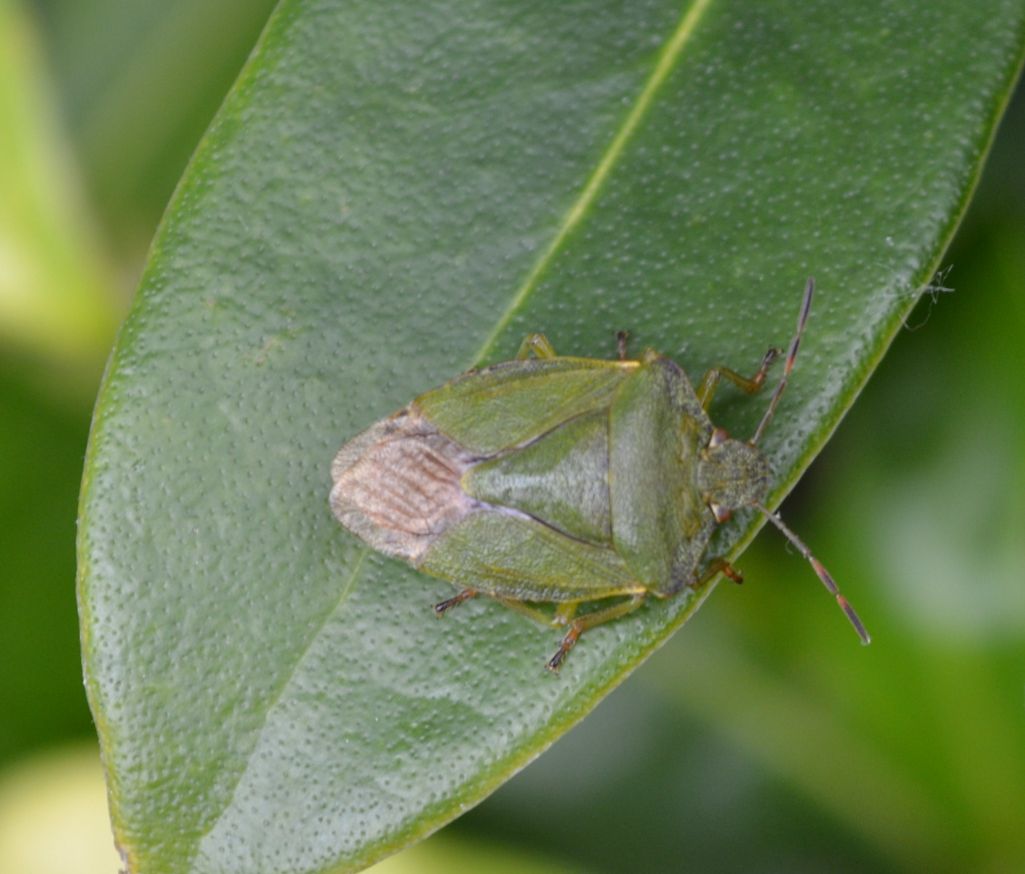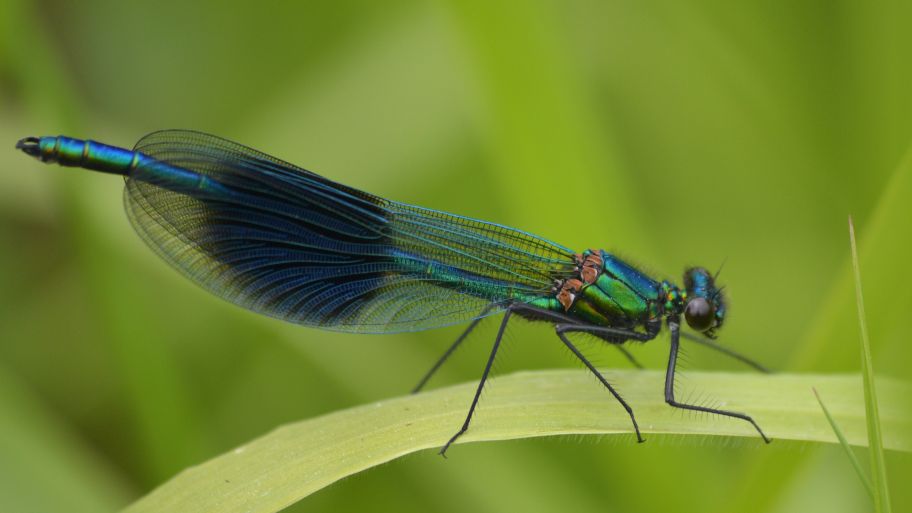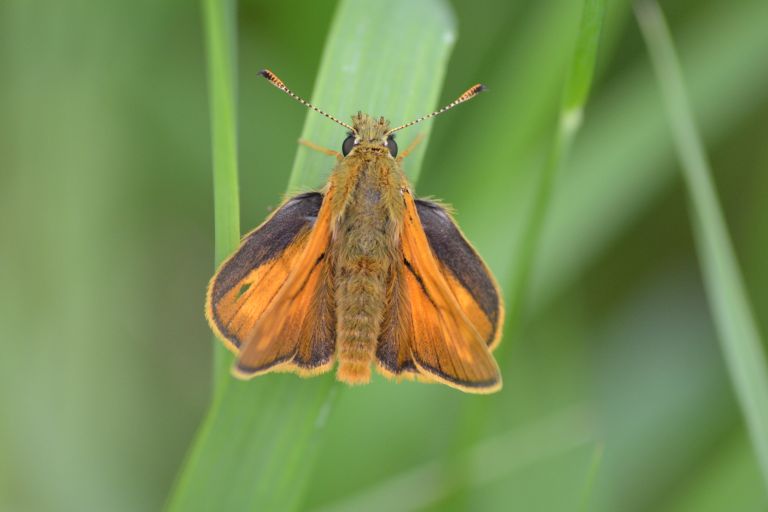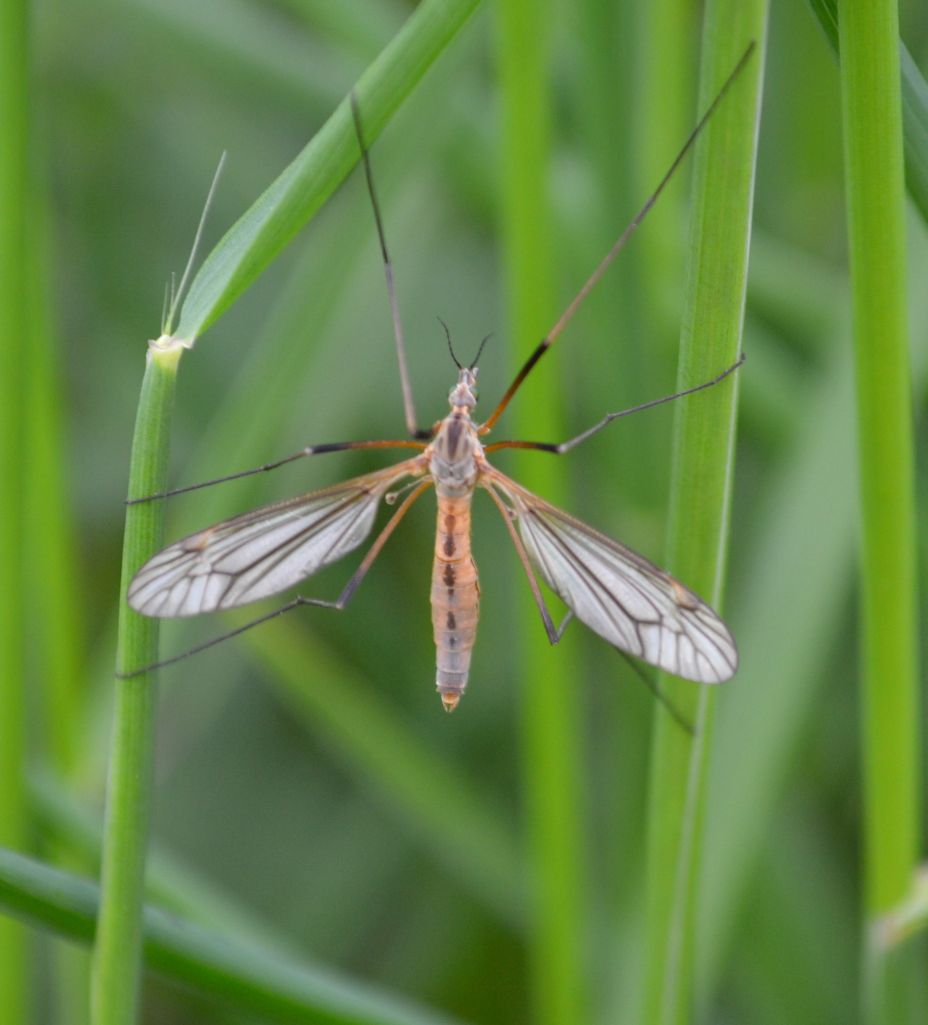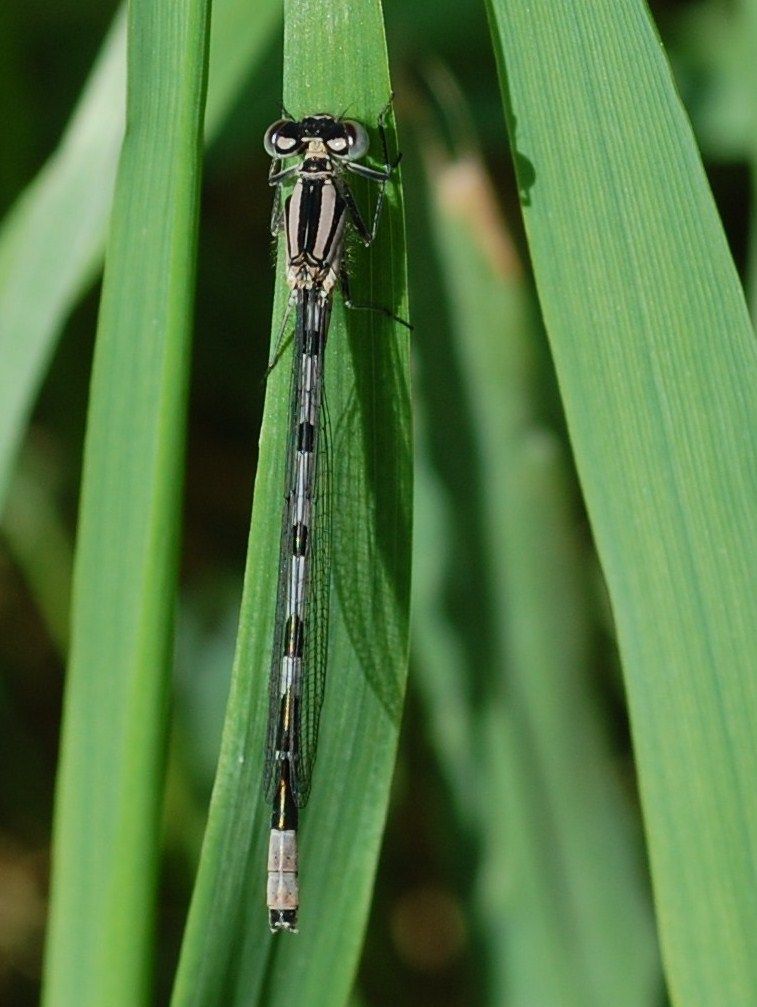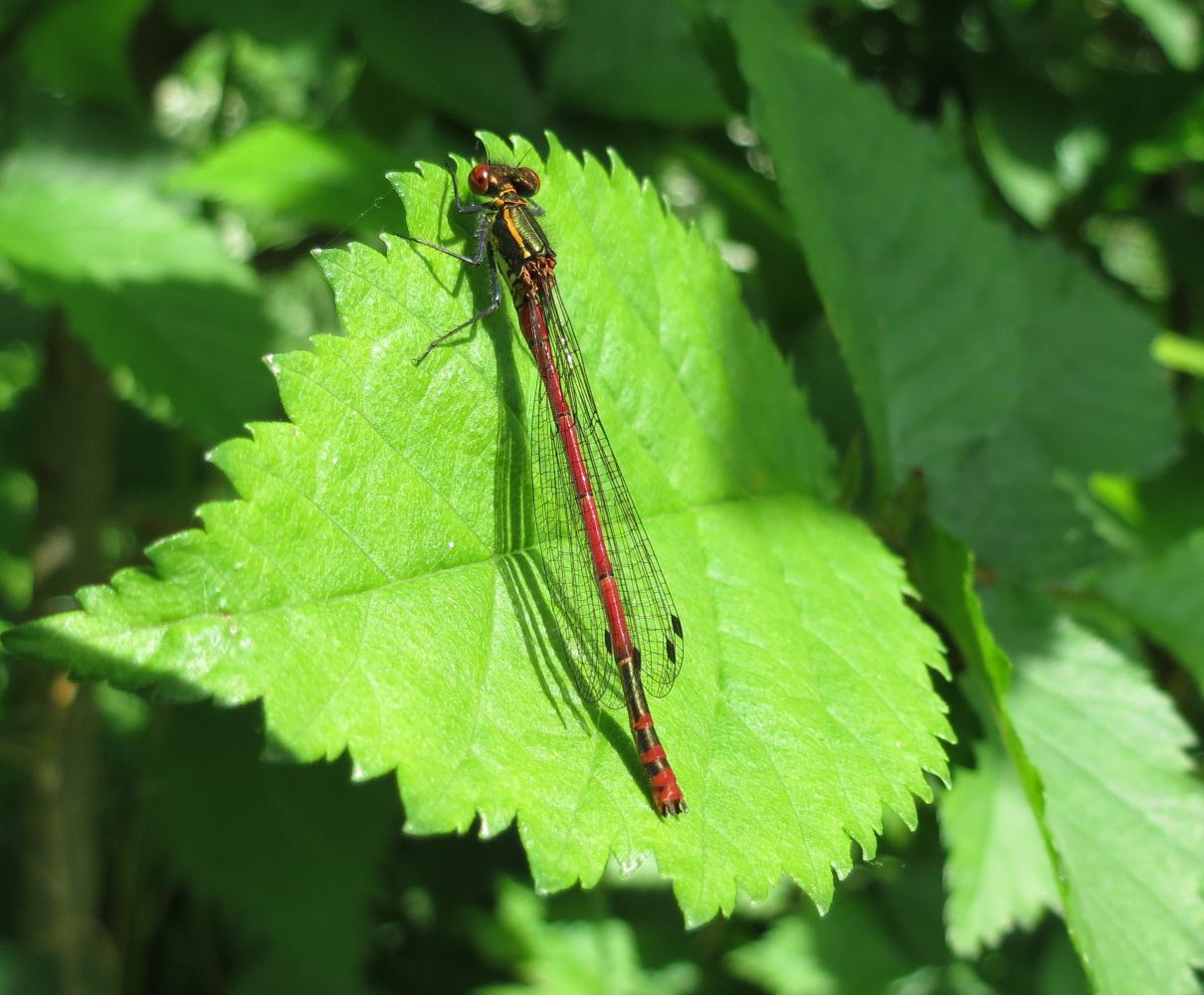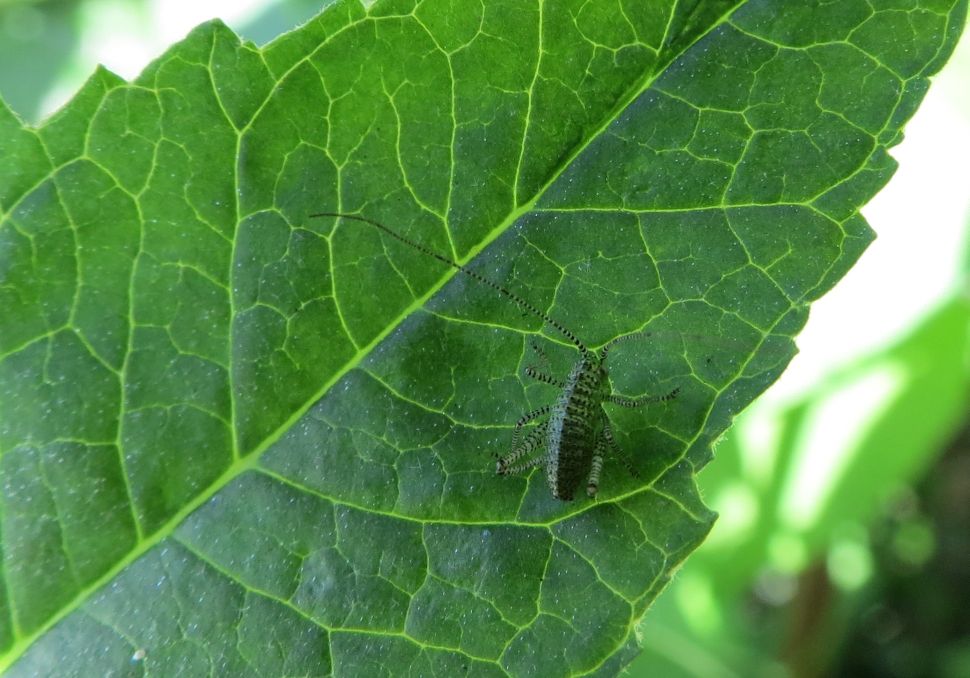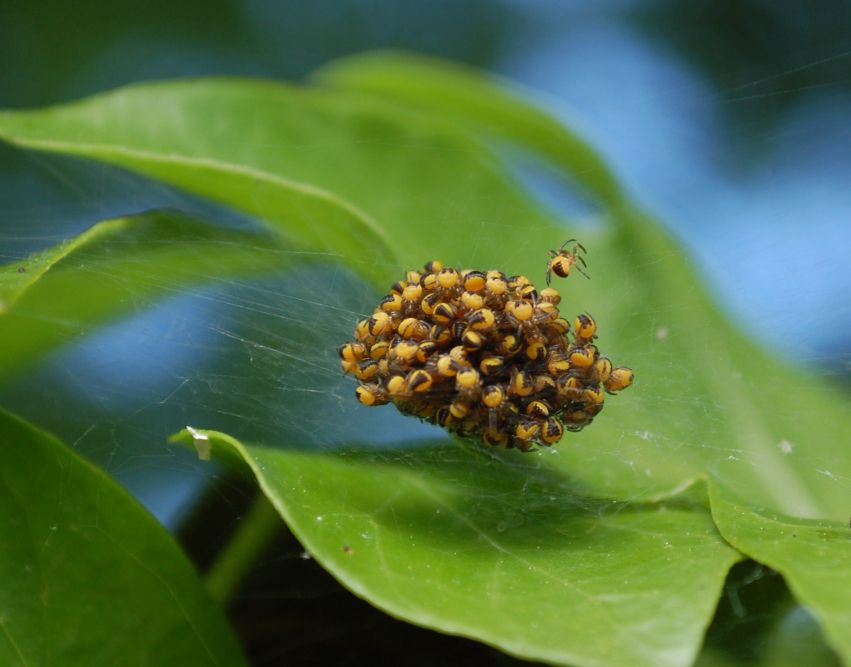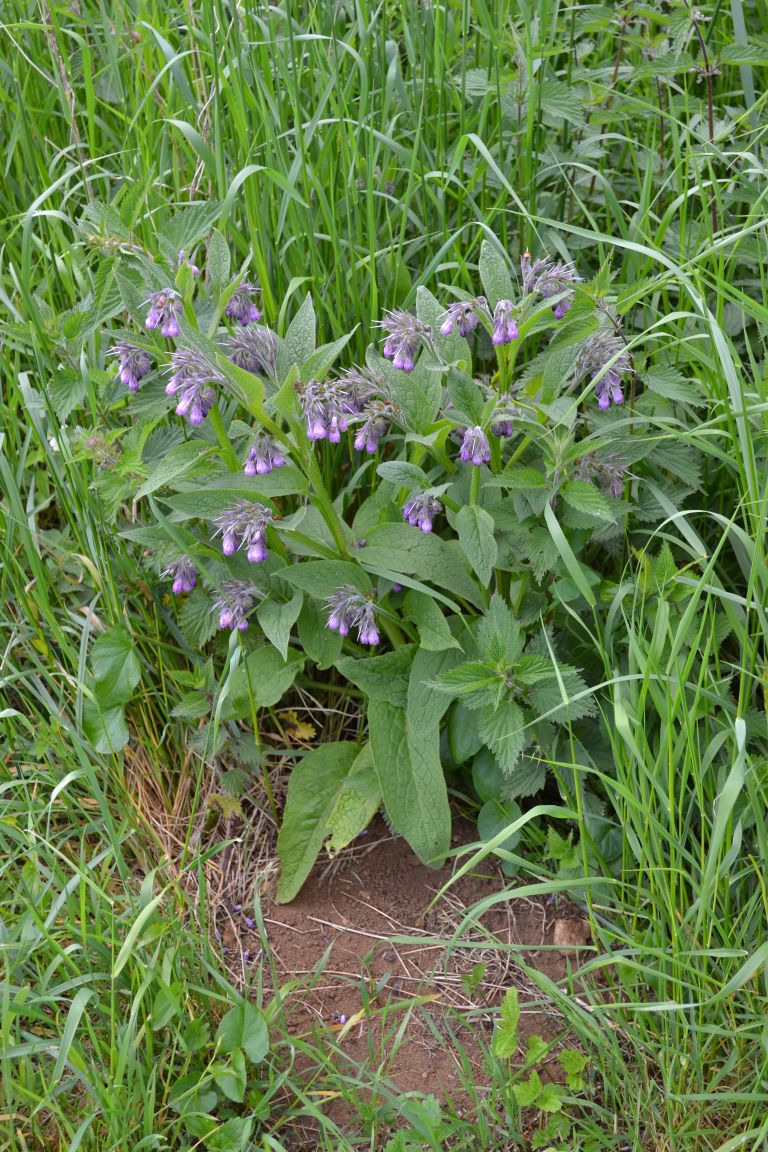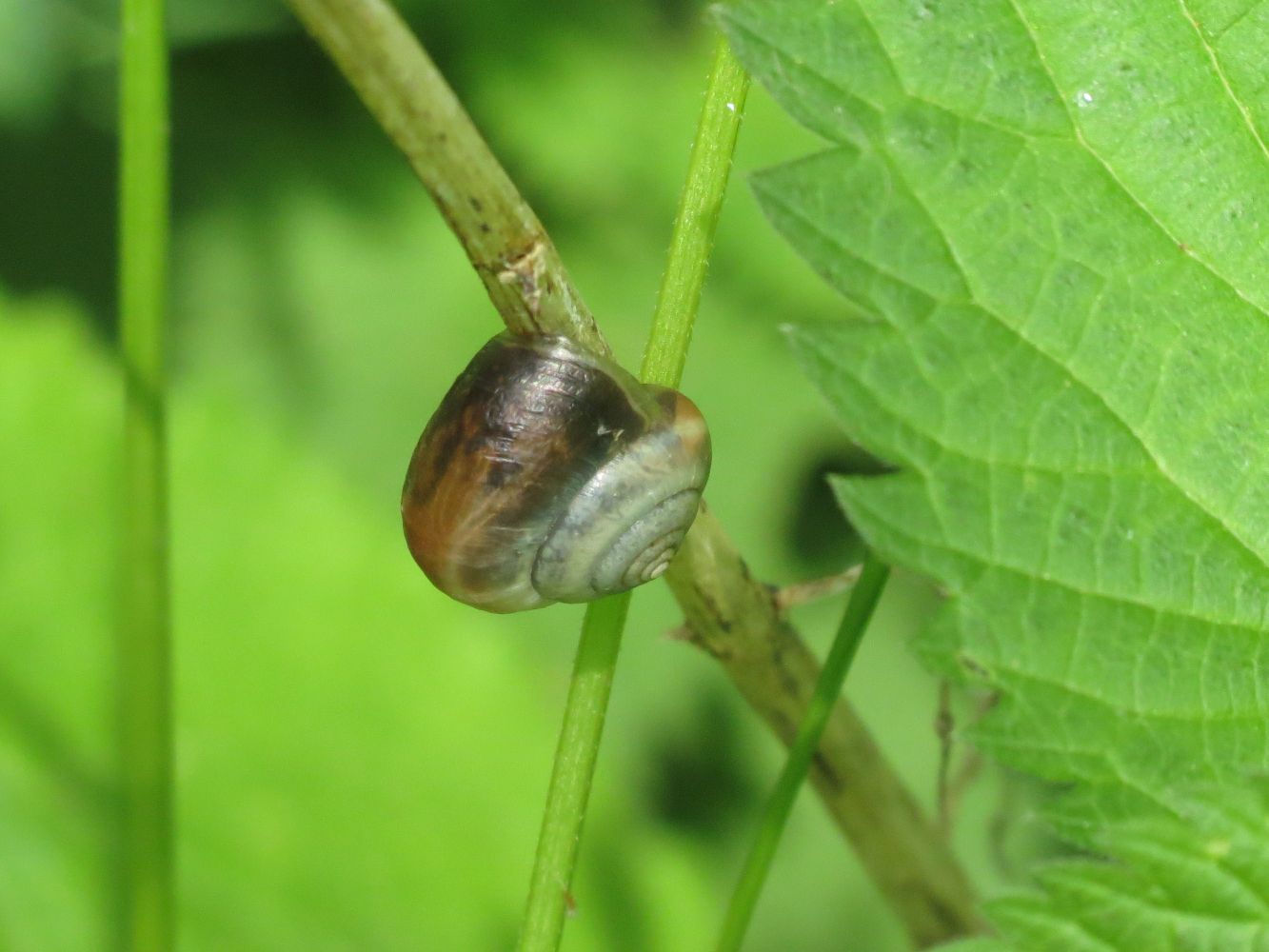
Latest Sightings June 2013
Click on the link to send in your sightings info@foteb.org.uk
For previous months sightings see Archive
The "Area Seen" refers to the 10 sections that the Brook has been split into for monitoring purposes (see Wildlife page under Monitoring ). .
All sightings unless stated are from personal observations by Eddie Napper
Click on any picture to see a larger image
| Birds
27/06/13
23/06/13 A Red Kite was up early this morning seen inspecting rear gardens in Area 5 at 05:30 .
20/06/13 Heading NW, this morning were 3 Cormorrant.
18/06/13 Swift numbers have now swelled to 3, patrolling the skies over Area 5. 17/06/13
15/06/13 For the last few days a juvenille Robin has been putting in an appearance around my Area 5 birdtables. More breeding success.
13/06/13 A ragged looking Coal Tit has been coming backwards and forwards to the sunflower heart feeder in Area 5.
08/06/13 A Grey Wagtail was on the weir by Woosehill roundabout, this afternoon .
08/06/13 There was evidence of successfull breeding (of an avian kind) to the rear of Morrisons in Area 5 this morning. Feeding juvenilles in the Alder tree were Long tailed Tit and Nuthatch. High in an adjacent tree young Great spotted Woodpecker were calling nosily for their parents from a nest hole. The warm afternoon proved ideal for raptors with 3 Red Kite on the thermals over Emmbrook School in Area 6.
06/06/13 A male Sparrowhawk plunged into a tree this morning in Area 5, clearly with breakfast on his mind. All the assembled Starlings & Goldfinches seemed to escape safely. Over Paul Bright Thomas's Area 4 garden this evening 6 Swift and a Common Tern flying E calling. 01/06/13 The start of a new month always brings a sense of eager expectation of what might be to come. Halfway through the year, the new arrivals slow down and the residents get down to breeding. In Area 4 & 5 today it was pretty much as last month left off. Juvenille Starling's were noisly begging adults for food. Seen foraging for food and then flying off presumably to waiting chicks, with full beaks were Blue Tit , Great Tit, Nuthatch, Blackbird, Mistle Thrush & Song Thrush . Still singing and possibly looking for a mate were male Blackcap & Chiffchaff A Red Kite was hunting over Area 5 to the rear of Morrisons. On the Emm itself were Moorhen & Mallard . Not seen for a few days, but with the weather warming up, a party of Swift's were screeching over my Area 5 garden. Other Wildlife Reptiles & Amphibians
Mammals
10/06/13
Fungi 12/06/13
Chicken-of-the-woods is a bracket fungus that usually grows in tiers of up to twenty brackets. It has a fan shape with rounded edges that become more in-curved as it gets older. The colour is a deep orangey-yellow to lemon on top with sulphur yellow undersides when the fungus is young fading to pale yellow or white as it ages. The bracket edge feels like velvet or suede and the pores of fresh brackets give off pale-yellow watery droplets. Chicken-of-the-woods may be found in broadleaved woods where it grows on dead and living trees. Its hosts are usually oaks and sweet chestnuts. As its name suggests, chicken-of-the-woods has the texture and flavour of chicken. It is one of the few edible bracket fungi and is eagerly looked for on mushroom forays. |
Insects & Spiders
22/06/13 22/06/13 10/06/13 09/06/13 08/06/13 02/06/13 / 01/06/13 . |
`
Plants/Trees 16/06/13 A large veteran English Oak Quercus robur was uprooted in the wind this weekend in Area 4 near Ripplestream Bridge. The Oak 2659 on the Wokingham Veteran Tree database , now lies across the Emm and will shortly be removed by Wokingham Borough Council. 15/06/13 The first Yellow Flag Iris Iris pseudacorus are just starting to appear along the Emm. 02/06/13 . The Rosebay Willow Herb Epilobium angustifilium whilst not yet in flower is at least a metre tall.
Fish
Molluscs
01/06/13
For a review of 2012 sightings click here 2012 Sightings |
